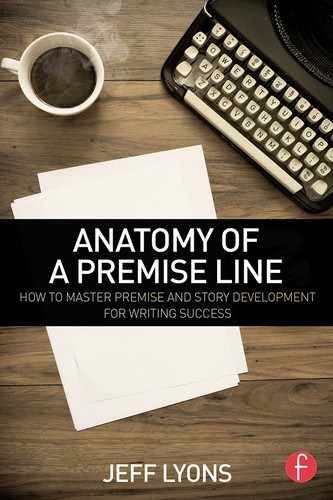Like a lot of writers, I used to believe in the Muse. I would sit at my desk and wait for inspiration, for some idea that might propel me into a story. I’d also eat a whole lot of cookies and drink a whole lot of coffee while I waited. Sometimes ideas did come, like little solar flares, and then I would write and write, until the flares went out and I was left wondering, “What happened?” My novels’ first drafts usually turned out to be eight hundred unwieldy pages with the story so convoluted that you’d need a road map just to figure out where it started, never mind where it ended or what it meant. To dig out the story, to refine it, took years, but I told myself that that was how a writer works, that that was just part of the process.
Oh, how wrong I was.
Following the Muse is a bad strategy because you end up with a story that really isn’t a story at all, but more like an add-a-pearl necklace of events following events, for no particular deep reason. There’s often no cause and effect, and character development becomes unwieldy or nonexistent. Plus, the Muse is fickle, not showing up some days. Inspiration is great, but then there is the hard, satisfying work of craft—and make no mistake, writing is a craft as well as an art.
One day, while I was teaching at UCLA online, a student told me about story structure. I thought it sounded ridiculous. I had read books on story before and they hadn’t been helpful at all. Instead, they soothed. They told writers to keep going, to deepen their characters, but they never really showed you how or why. Plus, everyone knew that outlines were for the non-creative. They would box you in, and keep you from discoveries. “No surprises for the writer, no surprises for the reader,” was the logic.
Guess what? That logic is wrong, too.
In that class was also Jeff Lyons, who enthusiastically told me he was into story structure and he was working on his own kind of story structure and would I like to be a guinea pig and test it out? I liked his work, and I trusted his judgment, and I began to listen to Jeff; as I did, I felt my mind expanding. What was so terrible about knowing where you were going when you started? Wasn’t that like driving from Boston to Los Angeles, where you might not know the route, or the things you might encounter along the way, but at least you had a destination? To my astonishment, I found that my literary hero, John Irving, never writes a book until he knows his ending.
So I began to work in a new and very different way. Instead of sitting down and writing and “following my pen,” I began to think about my premise, to ponder the moral choices and reveals my characters would undergo. And as I worked my way through my novel, I kept badgering Jeff about how I was doing, what I was missing, where I was going wrong. Jeff kept asking me questions I hadn’t really pondered before, like why was this book so important to me personally? What question was haunting me that this book might answer? What was the moral component of the story? Those questions made me crazy, but they also made me dig deeper into my work. It made me work smarter, too, because I now had tools that not only worked, but also kept me inspired and saved me valuable time.
With Jeff’s help, I wrote Pictures of You. It was my ninth novel and the very first to hit the New York Times “Bestseller List” and be on the “Best Books of the Year List” from the San Francisco Chronicle, Kirkus Reviews, Bookmarks Magazine, and the Providence Journal. I used the same story structure principles for the book after that, Is This Tomorrow, and that hit the New York Times “Bestseller List” too, won an Audiophile Earphones Award, was a Jewish Book Council Pick, was long-listed for the Maine Readers Prize, and was one of the “Best Books of the Year” from January Magazine.
Anatomy of a Premise Line is invaluable for screenwriters and novelists alike, because it gives you real and important tools you can’t get anywhere else. I use Jeff’s methods in my novel writing courses at Stanford University, UCLA, and the University of Toronto (I’m going to make this book a required text). I never write a novel without going over my premise and my synopsis with Jeff, and this book is the next best thing to having him there. It’s time we all gave up worshipping the Muse, and instead recognized our own innate creativity. I promise that this book will change your writing life, just the way great stories do.
I know it changed mine.
Caroline Leavitt, November 2014
